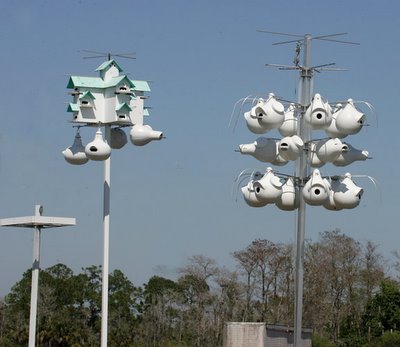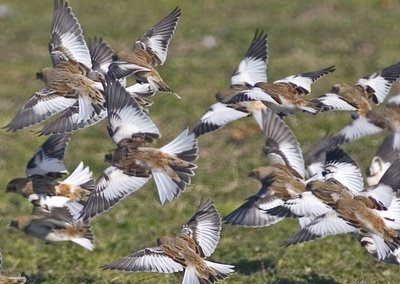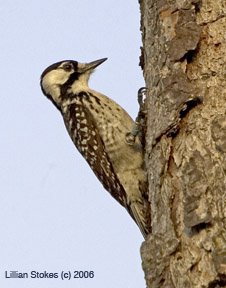
No, Spotted Sandpipers do not have spots in their winter plumage. We watched this one forage at the water's edge, walking along and bobbing its rear end, looking for invertebrates. Sort of looks like its doing the rhumba. This bobbing is a constant characteristic of the Spotted
Sandpiper, and its function is not known. The sandpiper will acquire large dark spots on its white underparts for its breeding plumage — haute couture if you’re a Spotted Sandpiper.
One of the things we have always found fascinating about Spotted Sandpipers is that they have a polyandrous mating system. That is, the female is the one who defends a territory, mates with a male and the male is the one who incubates the eggs and raises the young. Females can mate with up to four males during a breeding season.
Spotted Sandpipers breed across much of North America near water. So, coming to a lake, river, or stream near you this summer — the Spotted Sandpiper. Watch for them.



























